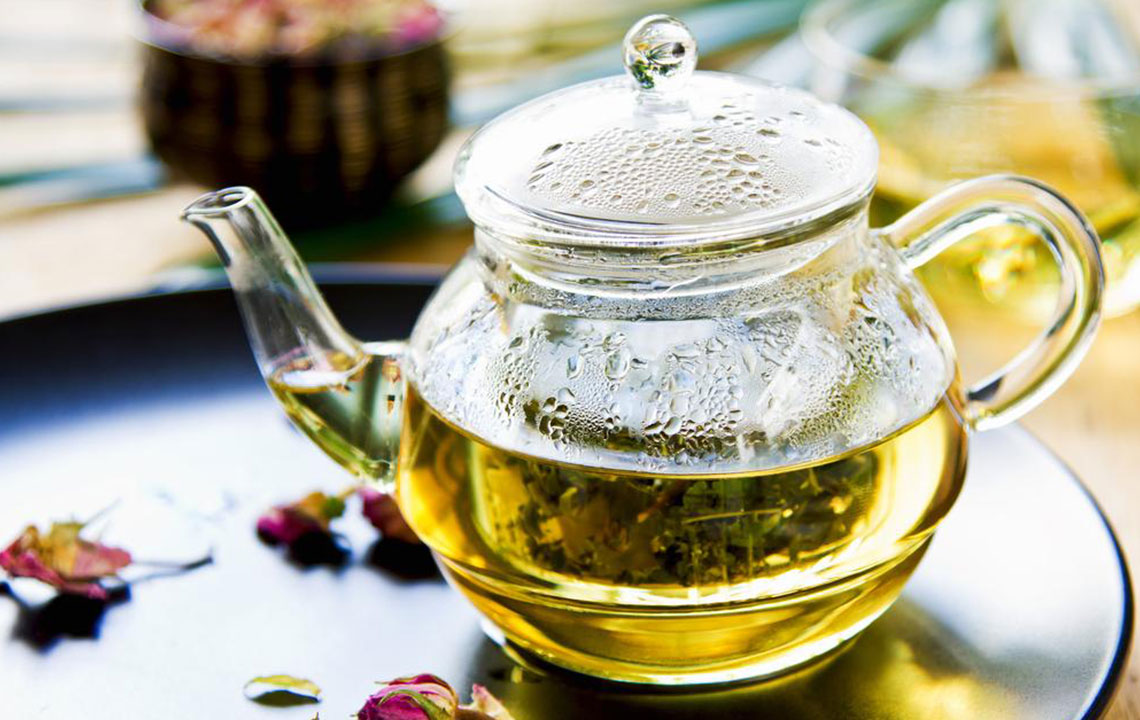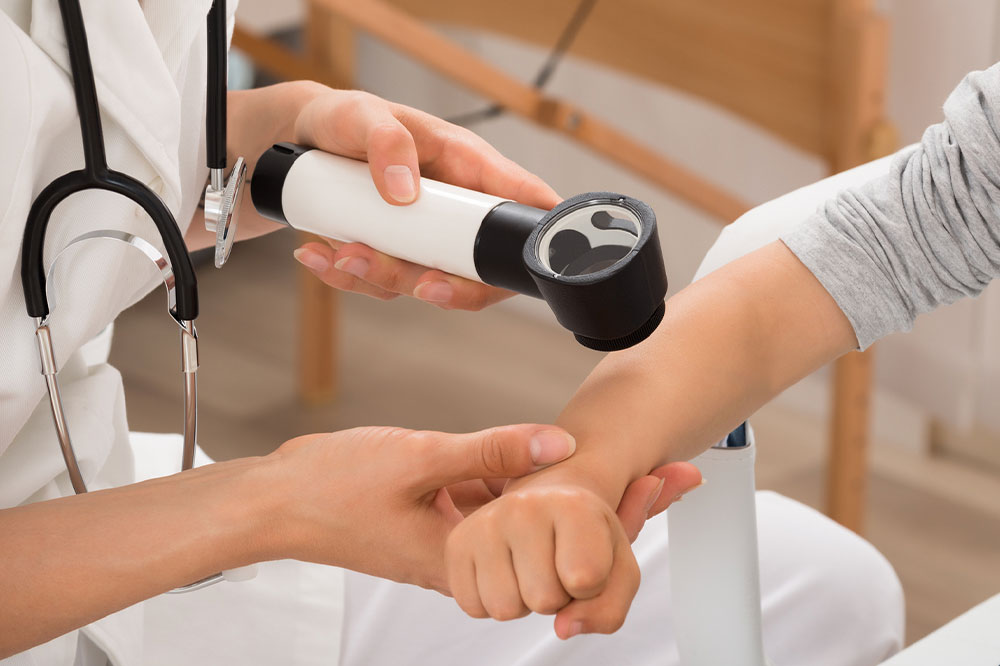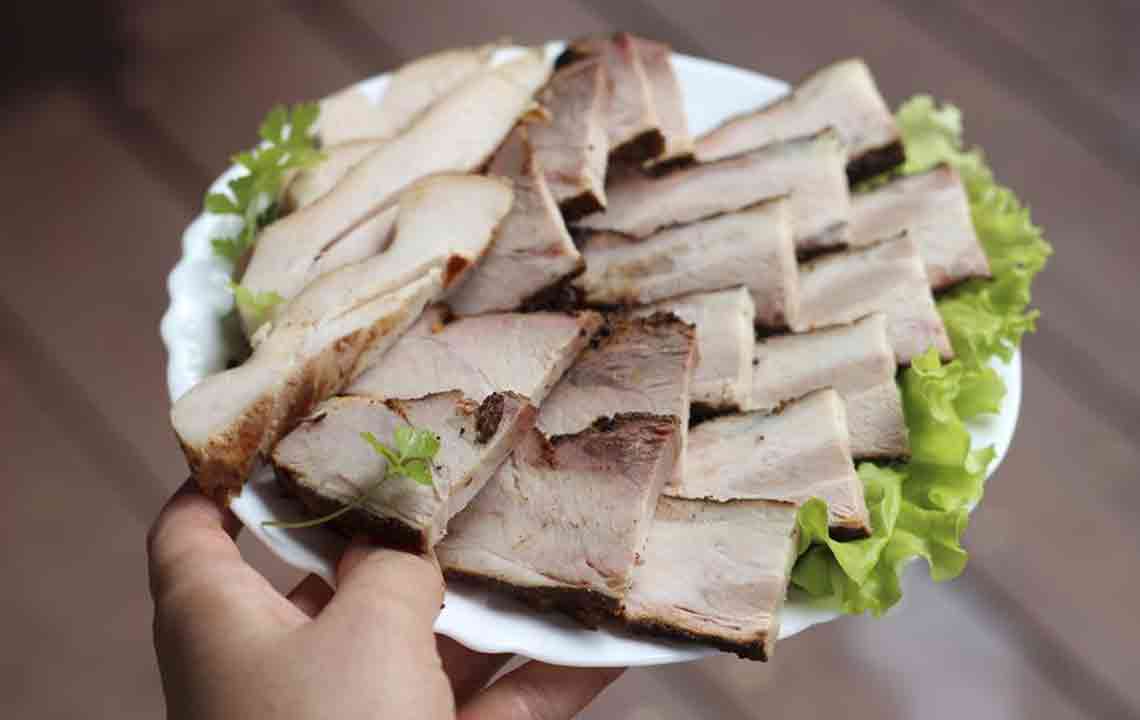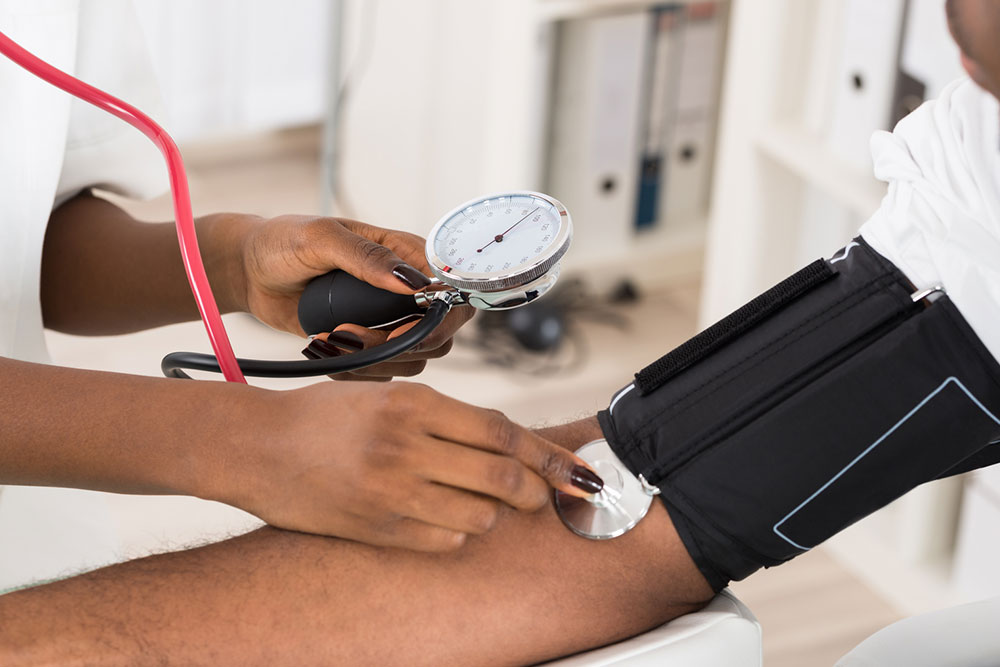Comprehensive Guide to Managing Dupuytren’s Disease: Causes, Symptoms, and Natural Approaches
This in-depth guide explores the causes, symptoms, and natural management strategies for Dupuytren’s disease. Emphasizing early intervention and lifestyle changes, it provides practical tips for improving hand mobility and delaying disease progression without surgery. Suitable for those seeking non-invasive remedies, this article offers comprehensive insights into maintaining hand health naturally, making it essential reading for at-risk individuals and healthcare providers alike.
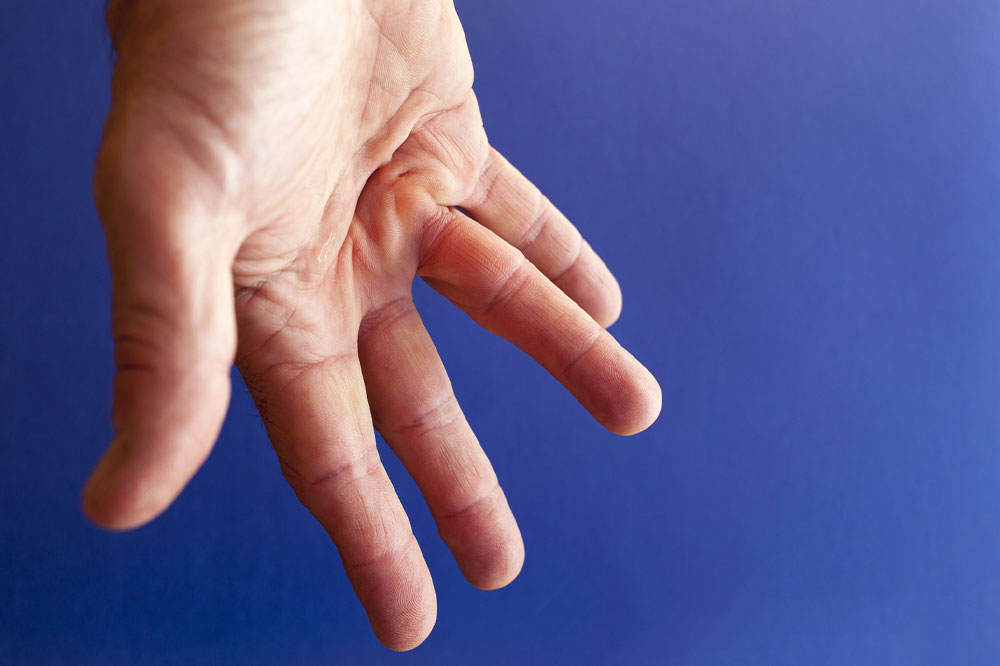
Understanding Dupuytren’s Disease: An In-Depth Look at Causes, Symptoms, and Home-Based Management Strategies
Dupuytren’s disease is a condition characterized by the progressive thickening and tightening of connective tissues in the palm of the hand. This process results in the fingers gradually curling inward, making it increasingly difficult to straighten them. The condition can significantly impair hand function, affecting everyday tasks such as grasping objects, typing, or even buttoning shirts. Although the precise cause of Dupuytren’s disease remains elusive, research indicates that genetics, lifestyle factors, and certain health conditions play prominent roles in its development.
With ongoing advancements in understanding this disease, it has become essential to explore effective ways to manage mild symptoms naturally, especially in the early stages. While there is no permanent cure currently available, lifestyle adjustments and home remedies can be instrumental in delaying progression and maintaining hand mobility. This article provides comprehensive insight into the causes, signs, and natural management options for Dupuytren’s disease, empowering sufferers to take proactive steps toward their health.
What Exactly Is Dupuytren’s Disease?
Dupuytren’s disease involves the abnormal thickening and contraction of the fascia, a layer of fibrous tissue situated beneath the skin of the palm. The formation of dense cords and nodules in this tissue pulls the fingers towards the palm—a condition known as digital flexion contracture. Unlike tendons, which are responsible for moving the fingers by muscle contractions, these fibrous cords are non-elastic and cannot be easily manipulated. The third and fourth fingers are most commonly affected, leading to a characteristic deformity that worsens over time.
Understanding the disease's pathophysiology is crucial for managing its progression. The initial phase may involve the appearance of painless nodules or lumps on the palm. As the condition advances, these nodules develop into thickened bands that draw the fingers inward. Recognizing early symptoms enables timely interventions, which can significantly delay or reduce severity.
Identifying Causes and Risk Factors
The exact etiology of Dupuytren’s disease remains a subject of ongoing research. However, several established risk factors have been identified through clinical studies. Aging plays a significant role, with most cases developing after the age of 40. Men are disproportionately affected compared to women, and the disease is more prevalent among individuals of Northern European descent. Genetic predisposition is a major determinant; individuals with family history are more likely to develop the condition.
Other contributing factors include certain health conditions such as diabetes, epilepsy, epilepsy, and vascular diseases like smoking and alcohol consumption. Occupational and environmental factors, especially repetitive hand movements or trauma, may also influence onset and severity. Understanding these risk factors underscores the importance of early detection and preventative measures for at-risk populations.
Recognizing the Symptoms
Early signs of Dupuytren’s disease can be subtle and may include painless lumps or nodules in the palm, usually near the fingers’ base. Over time, these nodules may evolve into cords that cause the affected fingers to become bent or fixed in a curled position. Symptoms affecting daily life include difficulty in fully opening the hand or laying it flat on a surface. The skin over the nodules may thicken, and dimples or pits may form on the palm’s surface. Additionally, grip strength can decline, making it challenging to perform tasks requiring fine motor skills.
While initial symptoms are often painless, as the disease progresses, discomfort or sensitivity might occur due to tension in the cords or skin tightening. Detecting these signs early allows for non-invasive management strategies that can slow progression and improve hand function.
Natural and Lifestyle-Based Management Approaches
Although Dupuytren’s disease is currently managed primarily through surgical intervention in advanced cases, various natural, non-invasive methods can be effective in managing mild symptoms and potentially delaying progression. These approaches are especially valuable during the disease’s early stages, emphasizing the importance of awareness and proactive care.
Stretching and Physical Therapy Exercises
Incorporating regular hand exercises can promote flexibility, reduce stiffness, and prevent further contractures. Popular exercises include:
Palm lifts: Lay your hand flat on a table and gently lift your palm upwards, holding briefly before lowering.
Individual finger lifts: Rest your hand on a surface and lift each finger slowly one at a time.
Palms pressed together: Bring your palms in front of your chest as if in prayer, pressing them together firmly for a stretch.
Consistency is vital—perform these exercises daily to maintain hand mobility and slow disease progression.
Dietary Changes to Support Hand Health
Adopting an anti-inflammatory diet can improve overall tissue health and reduce inflammation in the hand structures. Incorporate foods rich in omega-3 fatty acids like fatty fish, flaxseeds, and walnuts. Focus on consuming colorful fruits and vegetables for their antioxidant properties, which combat oxidative stress. Reducing processed foods, excessive fats, and refined sugars can further support joint and tissue health. Small, phased dietary modifications alongside other lifestyle tweaks make a significant difference over time.
Massage and Hands Care
Gentle massage of the palms and fingers using natural oils or lotions can alleviate tension and enhance blood flow. Regular massage sessions help keep tissues supple, potentially slowing the formation of cords. Fingertip and palm massage techniques can be learned or performed by a partner or professional therapist. Ensuring hands are protected from repetitive strain—such as wearing gloves during manual work—also helps prevent aggravating the condition.
Protection and Care of Affected Hands
Reducing stress on the palms involves wearing ergonomic gloves during activities that involve gripping, lifting, or manual labor. Avoiding skin irritation by keeping the hands moisturized and avoiding exposure to harsh chemicals is beneficial. Temperature therapies like soaking hands in warm water can soothe stiffness and improve circulation. Overall, maintaining good general health through balanced nutrition and regular physical activity reduces oxidative stress and inflammation, supporting long-term hand health.
In conclusion, managing Dupuytren’s disease through lifestyle and home remedies is a proactive way to control early symptoms and potentially delay disease progression. Early detection paired with consistent care can preserve hand mobility and improve quality of life. For advanced or worsening cases, consulting a healthcare professional for specialized treatments remains essential. Empower yourself with knowledge and take action early to safeguard your hand health for years to come.
